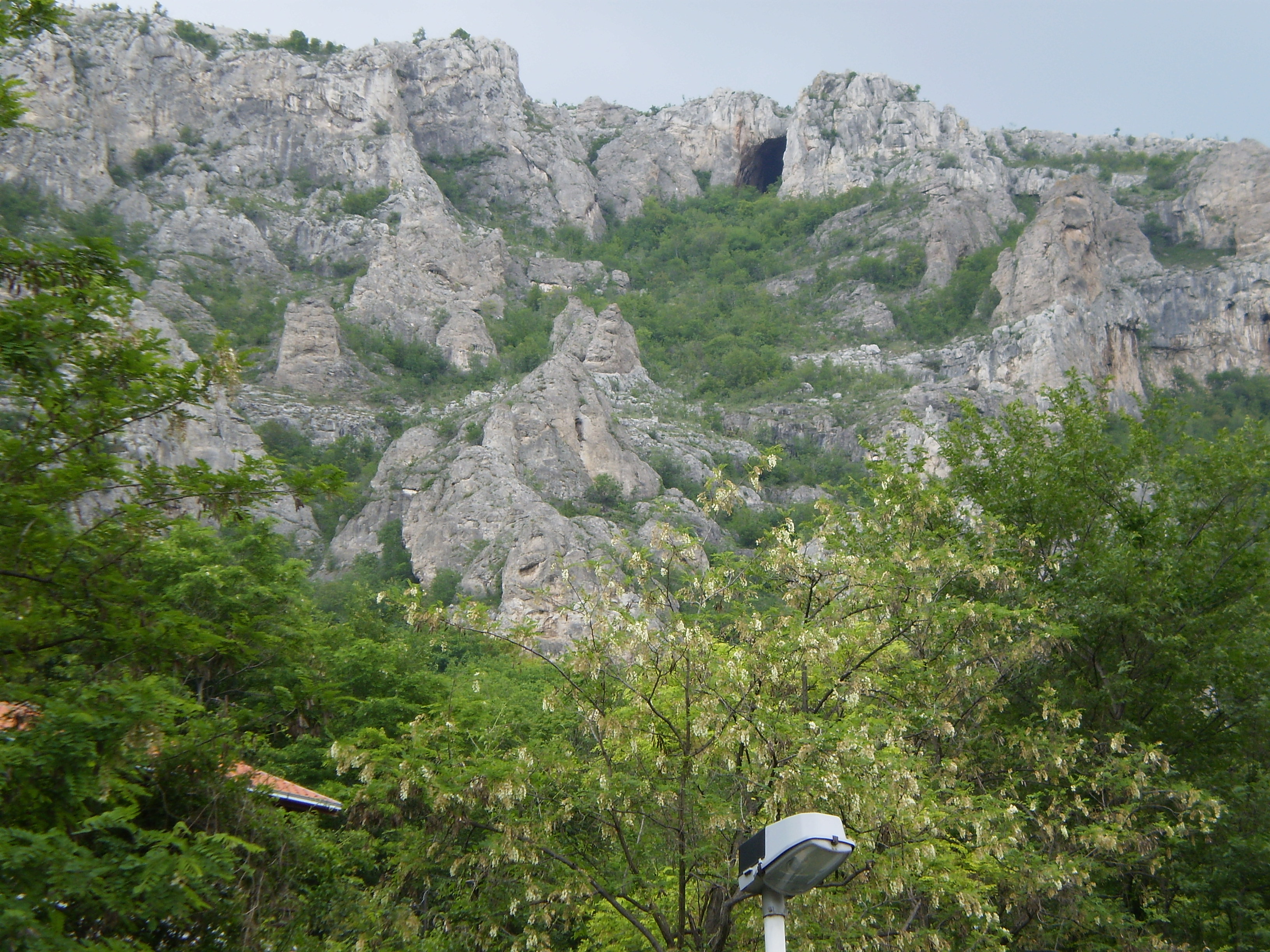Sićevo Gorge on:
[Wikipedia]
[Google]
[Amazon]
The Sićevo Gorge ( sr, Sićevačka klisura; sr-cyr, Сићевачка клисура, ), a river gorge and archaeological site in southeastern Serbia, is the locally most prominent geological and topographic feature formed by the
 In June 2008, a
In June 2008, a
Nišava River
The Nišava or Nishava ( Bulgarian and sr-Cyrl, Нишава, ) is a river in Bulgaria and Serbia, a right tributary, and with a length of also the longest one, of the South Morava.
Course Bulgaria
The Nišava originates in western Bulg ...
. The gorge is located between the towns of Bela Palanka
Bela Palanka (Serbian Cyrillic: Бела Паланка, ) is a town and municipality located in the Pirot District of southeastern Serbia. According to the 2011 census, the population of the town is 8,143, and the population of the municipality i ...
and Niška Banja
Niška Banja ( sr-cyr, Нишка Бања) is a town and one of five city municipalities which constitute the city of Niš. It is also one of the spa resorts in Serbia. It is located east of Niš.
According to the 2011 census, the population ...
. It is long and deep, in some parts developing canyon-like structures (including the inverse valley slopes at the Gradiški kanjon). The gorge is cut into the Kunovica plateau, between the southern slopes of the Svrljig Mountains and the mountain of Suva Planina
Suva Planina (Serbian Cyrillic: Сува планина, meaning "dry mountain") is a List of mountains of Serbia, mountain in Southern Serbia (geographical region), southeastern Serbia. It lies between the towns of Niška Banja to the northwest a ...
. The surrounding areas are known for their high-quality vineyards. The gorge contains a stone quarry, the Ostrovica and six villages. The largest, Sićevo
Sićevo ( sr-cyrl, Сићево) is a village in the administrative area of the city of Niš in southern Serbia. According to the 2011 census, the village has a population of 772 people. It lies on a hilltop above the entrance of the Sićevo Gorge ...
is the eponym
An eponym is a person, a place, or a thing after whom or which someone or something is, or is believed to be, named. The adjectives which are derived from the word eponym include ''eponymous'' and ''eponymic''.
Usage of the word
The term ''epon ...
of the gorge.
Archaeological findings
lower jaw
In anatomy, the mandible, lower jaw or jawbone is the largest, strongest and lowest bone in the human facial skeleton. It forms the lower jaw and holds the lower teeth in place. The mandible sits beneath the maxilla. It is the only movable bone ...
fragment was excavated in the Mala Balanica cave, one of several cave sites in the gorge. This hominin
The Hominini form a taxonomic tribe of the subfamily Homininae ("hominines"). Hominini includes the extant genera ''Homo'' (humans) and '' Pan'' (chimpanzees and bonobos) and in standard usage excludes the genus ''Gorilla'' (gorillas).
The t ...
jaw bone fossil
A fossil (from Classical Latin , ) is any preserved remains, impression, or trace of any once-living thing from a past geological age. Examples include bones, shells, exoskeletons, stone imprints of animals or microbes, objects preserved ...
was dated to be between 397,000 and 525,000 years old on the basis of electron spin resonance
Electron paramagnetic resonance (EPR) or electron spin resonance (ESR) spectroscopy is a method for studying materials that have unpaired electrons. The basic concepts of EPR are analogous to those of nuclear magnetic resonance (NMR), but the spi ...
in combination with uranium series
In nuclear science, the decay chain refers to a series of radioactive decays of different radioactive decay products as a sequential series of transformations. It is also known as a "radioactive cascade". Most radioisotopes do not decay direc ...
isotopic analysis and infrared/post-infrared luminescence dating
Luminescence dating refers to a group of methods of determining how long ago mineral grains were last exposed to sunlight or sufficient heating. It is useful to geologists and archaeologists who want to know when such an event occurred. It uses var ...
. The morphology of the mandible
In anatomy, the mandible, lower jaw or jawbone is the largest, strongest and lowest bone in the human facial skeleton. It forms the lower jaw and holds the lower tooth, teeth in place. The mandible sits beneath the maxilla. It is the only movabl ...
differs significantly from the more recent ''Homo heidelbergensis
''Homo heidelbergensis'' (also ''H. sapiens heidelbergensis''), sometimes called Heidelbergs, is an extinct species or subspecies of archaic human which existed during the Middle Pleistocene. It was subsumed as a subspecies of ''H. erectus'' in ...
'' and completely lacks any prominent ''Homo neanderthalensis
Neanderthals (, also ''Homo neanderthalensis'' and erroneously ''Homo sapiens neanderthalensis''), also written as Neandertals, are an Extinction, extinct species or subspecies of archaic humans who lived in Eurasia until about 40,000 years ag ...
'' features. The jaw represents one of an increasing number of specimen discoveries in the south-eastern part of the European continent. It demonstrates plesiomorphic
In phylogenetics, a plesiomorphy ("near form") and symplesiomorphy are synonyms for an ancestral character shared by all members of a clade, which does not distinguish the clade from other clades.
Plesiomorphy, symplesiomorphy, apomorphy, and ...
''erectus''-like traits that are coupled with synapomorphic traits common to Chibanian
The Chibanian, widely known by its previous designation of Middle Pleistocene, is an Age (geology), age in the international geologic timescale or a Stage (stratigraphy), stage in chronostratigraphy, being a division of the Pleistocene Epoch withi ...
hominins. It was recently suggested that the fossil specimen could belong to the newly described species ''Homo bodoensis
''Homo bodoensis'' is the species name for extinct archaic humans that lived during the Chibanian (770–126 ka) in Africa. It relies on the fossil specimen known as Bodo cranium, which was discovered in 1976 from the Awash River in Ethiopia ...
''.
References